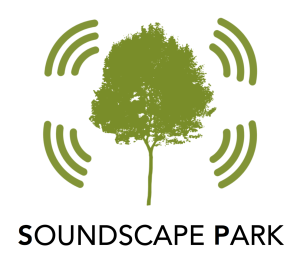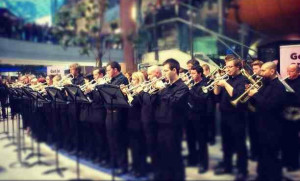Choose.
You are free.
You are free to choose.
There’s a world of choice drawn just for you…
Choose.
Choose:
Choose!
How are the ethico-political dimensions of choice being captured by current models of consumption? Facing the neoliberal machinery, techno-capitalism organises itself around the intangible, creating services that act as intermediaries. Within this logic, choice is equated to freedom. More choice = More freedom. CSD is a service which aims to exacerbate the act of choosing to its ad absurdum limits.
CSD is a mobile game that presents the user with a service to aid with multiple choices to satisfy three vital issues:
I am hungry
I am thirsty
I have an existential vacuum
For each issue, the system provides a curated set of options that seem to simplify the act of choosing. However, as the decision begins to narrow, more and more options appear: more choice, more freedom. As the time ends, the user is asked to confirm their current choice. This gives two distinct results:
Game over: “What do you really need?”;
Well done: “You have made a free choice” (Even if the last choice is far away from what they really wanted).
Leveraging the tensions between need/desire/choice, CSD utilises a ‘quizz’ aesthetic to break down the absurdities of techno-capitalist consumption practices tied to the multiplicity of choice. If advertisement claims that we are free because we can choose, and we choose because we consume: where does the choice to not consume fall within this logic?
How important choosing is?
Which choices are really important?
Choice Simplification Device is an ongoing collaboration between performance artist Camila Mozzini and Miguel Ortiz.

